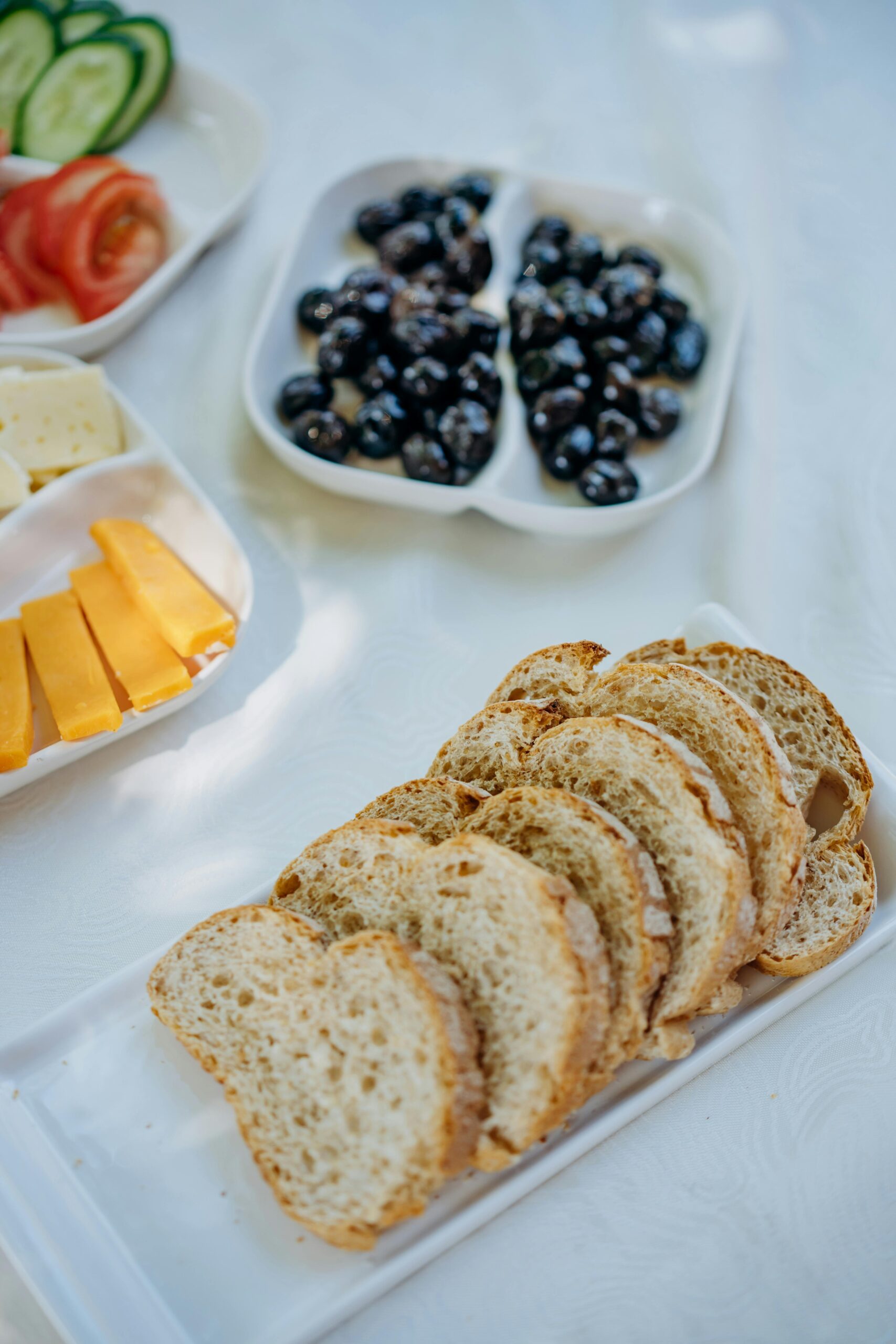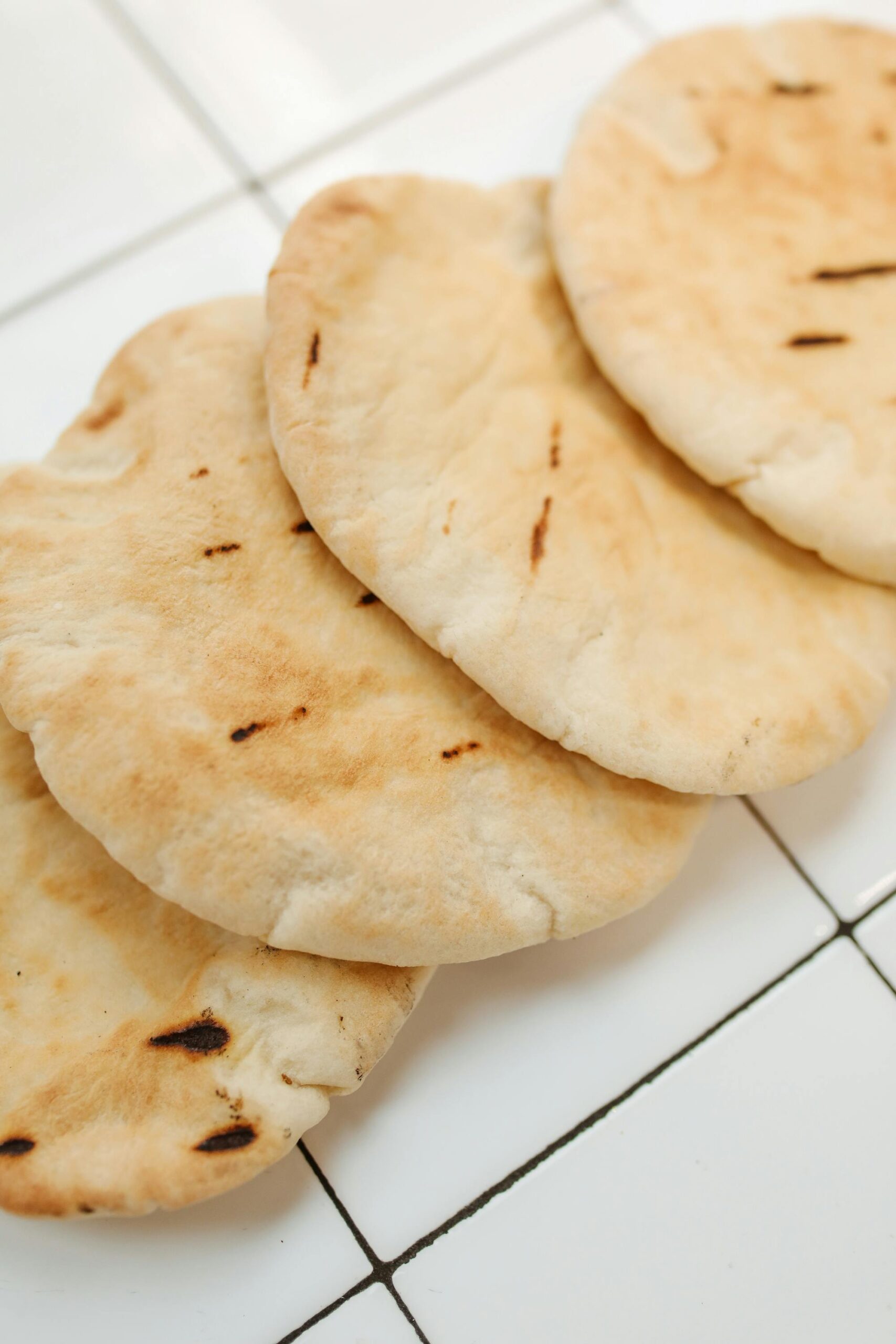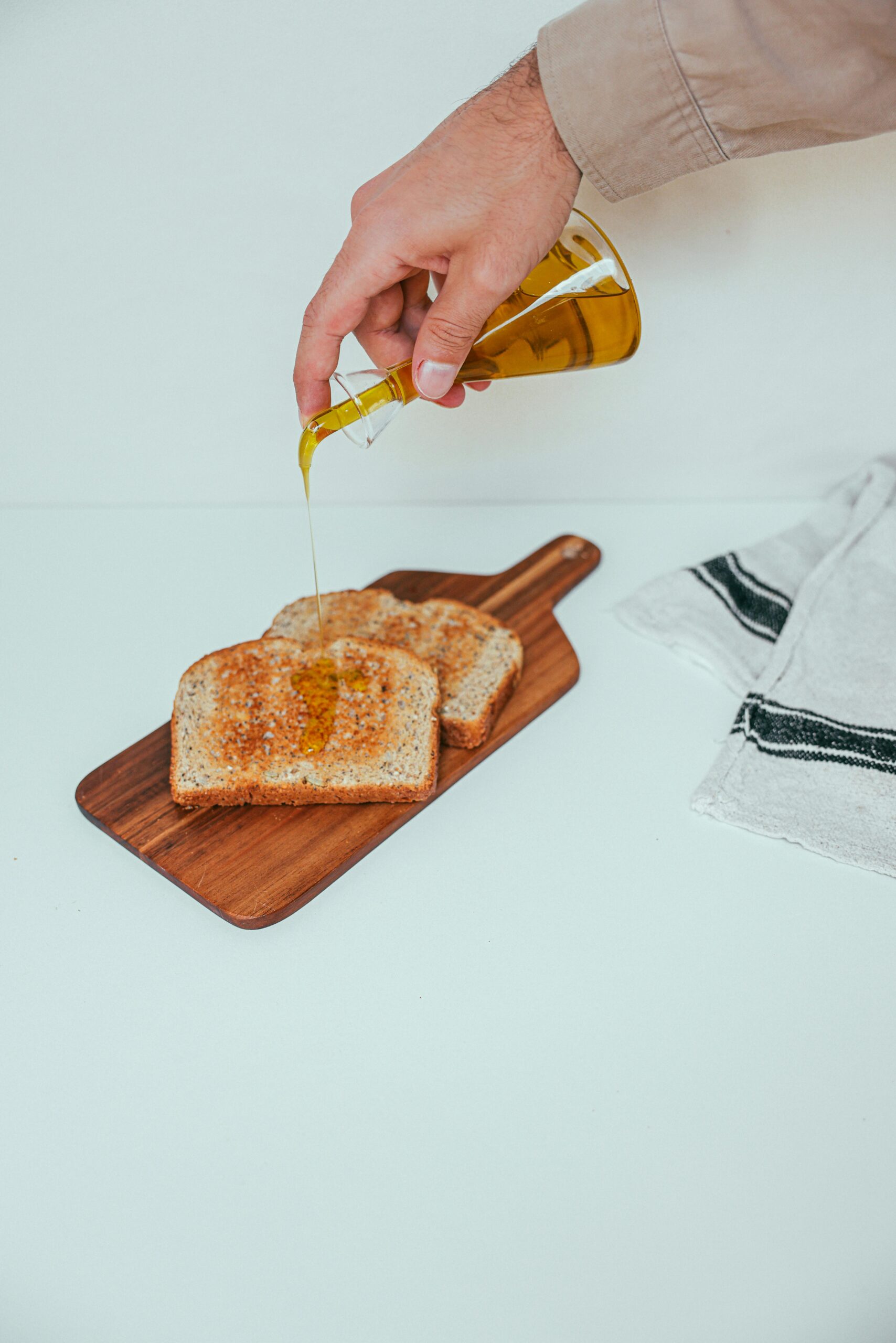When you think of the Mediterranean diet, images of vibrant vegetables, fresh seafood, and heart-healthy olive oil likely come to mind. But one of the most beloved and essential components of Mediterranean cuisine is, undoubtedly, bread. Mediterranean diet bread plays a significant role in the meals of many countries around the Mediterranean, serving as a side dish, a base for dips, or even as a part of a sandwich. But what makes Mediterranean diet bread so special, and how can it be part of a balanced and healthy lifestyle? Let’s dive into the world of Mediterranean breads and discover how they contribute to the region’s rich culinary tradition.


Table of Contents
What Makes Mediterranean Diet Bread Unique?
Mediterranean diet bread is typically made using simple, whole ingredients, which is a hallmark of the Mediterranean eating pattern as a whole. Unlike many modern processed breads, Mediterranean breads often use whole grains, olive oil, and natural leavening methods like sourdough. These ingredients make the bread not only flavorful but also packed with essential nutrients. For example, whole grain flour used in many Mediterranean breads provides fiber, B vitamins, and important minerals like iron and magnesium, all of which are beneficial for digestion, energy, and overall health.
One of the key characteristics of Mediterranean diet bread is its focus on minimalism. You won’t find overly sweet or highly processed versions of bread here. Instead, the bread is meant to complement other dishes, like olive tapenade, hummus, or grilled vegetables. This simplicity helps highlight the fresh, wholesome flavors of the Mediterranean diet.
Types of Mediterranean Diet Bread
Mediterranean diet bread comes in a wide variety of forms, each with its own unique flavor and texture. Some of the most popular types include pita, focaccia, and ciabatta.
Pita bread is a soft, round flatbread that has a pocket in the center, making it perfect for stuffing with fresh ingredients like falafel, grilled chicken, or veggies. Pita bread is commonly enjoyed in Middle Eastern and Greek cuisines, and it can be easily made at home using whole grain flour for a healthier version that aligns with the principles of the Mediterranean diet.
Focaccia is an Italian flatbread known for its rich olive oil flavor and soft, airy texture. Often topped with herbs like rosemary and thyme, focaccia is perfect for dipping into olive oil or pairing with a hearty Mediterranean salad. While traditional focaccia recipes might use white flour, you can easily swap in whole grain or spelt flour for a more nutritious alternative.
Ciabatta, a rustic Italian bread with a slightly crunchy crust and soft, chewy inside, is another example of Mediterranean diet bread. Its open crumb and airy texture make it ideal for making sandwiches or pairing with soups. As with focaccia, using whole wheat or spelt flour can make ciabatta even healthier, offering more fiber and nutrients than traditional white bread.
Health Benefits of Mediterranean Diet Bread
One of the main reasons Mediterranean bread is so widely loved is that it offers several health benefits, particularly when it’s made with whole grains. Whole grain bread, like the ones commonly found in Mediterranean cuisine, provides an excellent source of dietary fiber. Fiber is crucial for digestive health, helping to maintain regularity and prevent constipation. It also supports heart health by lowering cholesterol levels and stabilizing blood sugar.
Additionally, Mediterranean bread often contains olive oil, which is a key element of the Mediterranean diet. Olive oil is packed with monounsaturated fats, which are heart-healthy fats that can help reduce the risk of cardiovascular disease. This makes Mediterranean breads not only delicious but also an important part of a heart-healthy diet.
Furthermore, the simple, natural ingredients used in Mediterranean bread, such as flour, water, yeast, and olive oil, provide steady energy throughout the day without the blood sugar spikes that come from overly processed, refined breads. These breads are perfect for anyone looking to maintain balanced energy levels and avoid the crashes often associated with more sugary or highly processed breads.

Tips for Incorporating Mediterranean Diet Bread into Your Meals
Incorporating Mediterranean bread into your meals is easy and fun! You can serve it alongside a traditional Mediterranean dish like Greek salad, grilled vegetables, or a bowl of hummus. Use pita as a base for wraps or sandwiches, stuffing it with a variety of ingredients such as grilled chicken, tzatziki, cucumbers, and tomatoes. Or, try focaccia as a side to dip in extra virgin olive oil or balsamic vinegar for a delicious and simple snack.
If you love making bread at home, consider experimenting with Mediterranean-style recipes that use whole wheat, spelt, or other whole grains. You can also add herbs like rosemary or oregano to infuse your bread with even more Mediterranean flavor. And don’t forget about the magic of freshly baked bread—there’s nothing quite like the smell of Mediterranean bread straight from the oven.
Conclusion
Mediterranean diet bread is an essential and delicious part of the Mediterranean way of eating. Whether you’re enjoying a warm pita with hummus, a slice of focaccia with a salad, or a crusty piece of ciabatta with olive oil, Mediterranean breads are not only tasty but also provide a host of health benefits. By using simple, whole ingredients and embracing the flavors of the Mediterranean, these breads fit seamlessly into a balanced, heart-healthy diet. So next time you’re looking to enhance your Mediterranean-inspired meal, consider adding a slice of Mediterranean diet bread—you’ll enjoy both the flavor and the health benefits!

